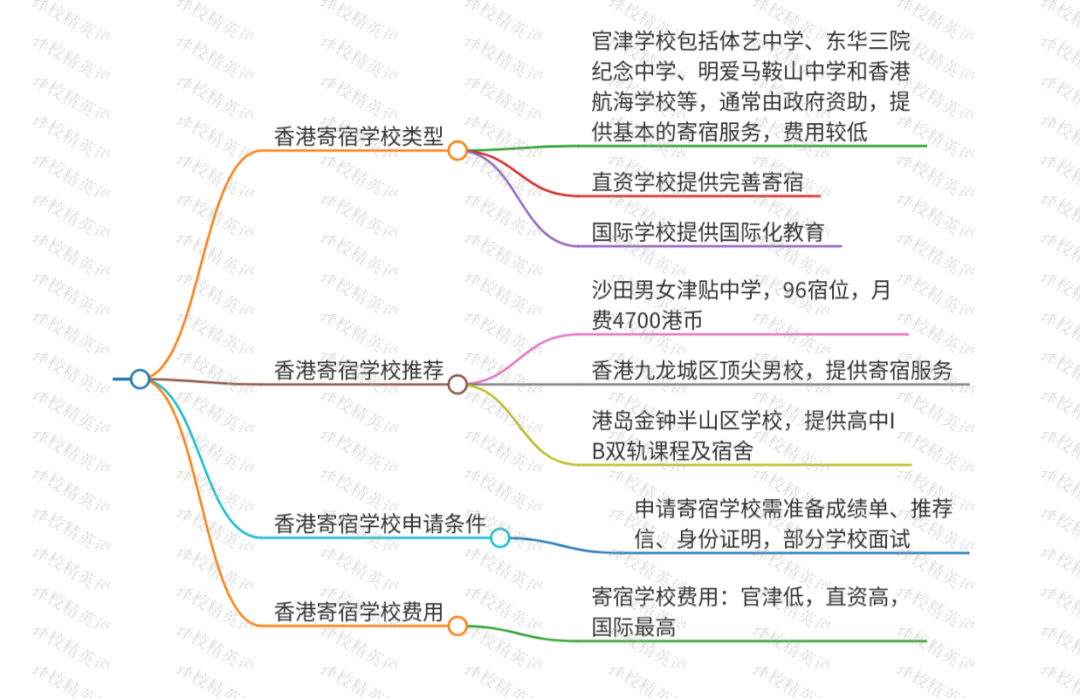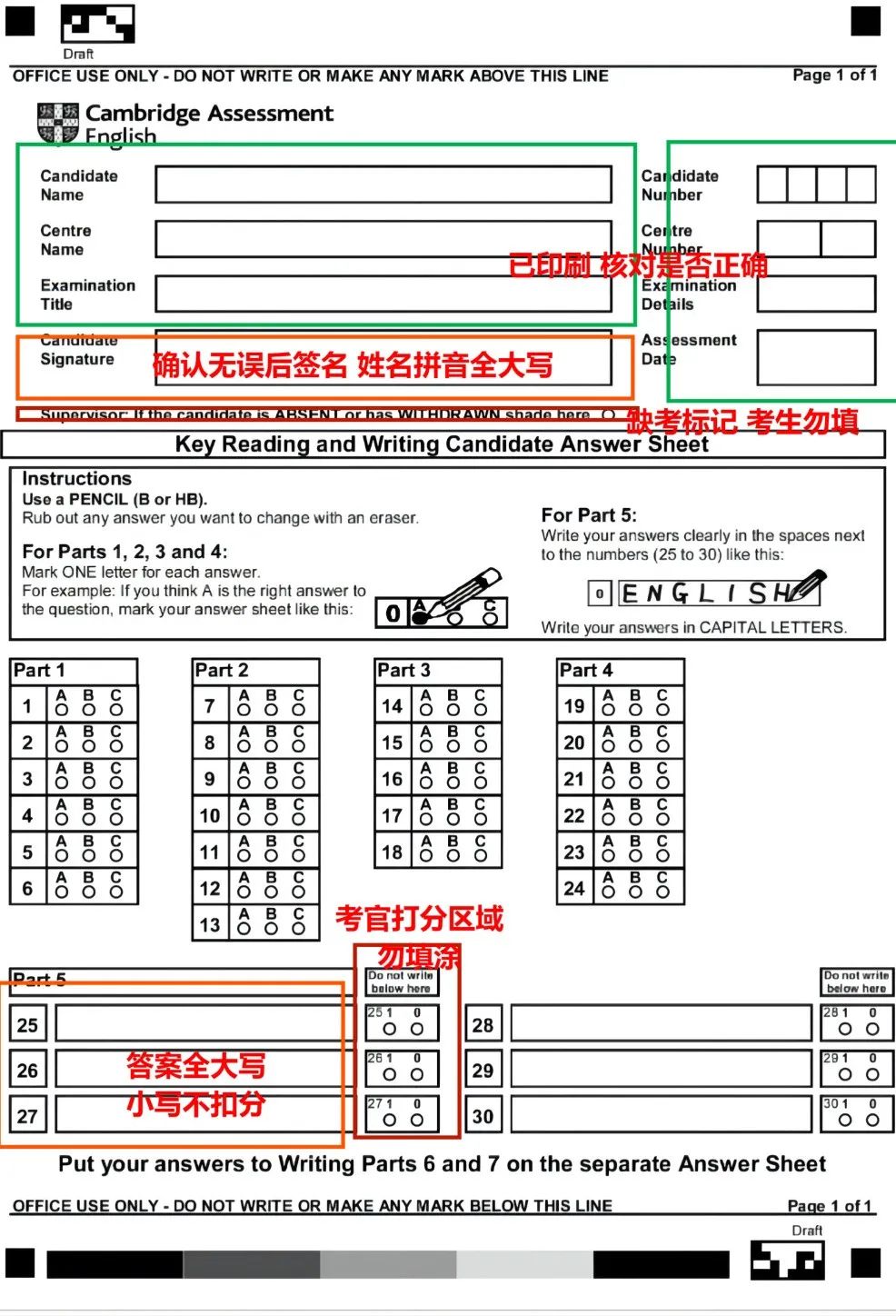“完成态?啥叫完成态?我只听说过完成时。”这是不是你此时的想法?如果是,那我告诉你,“完成时”的叫法是不准确的,甚至会影响我们做题是对于时态,继而对于动词形式的判断的!
首先你得明确一点,所谓“时态”,其实是两个概念:“时间(time)”和“状态(state)”。
其中,时间可以分为三个:过去(past),现在(present)和将来(future)。状态也可以分三种:一般(general/simple),进行(continuous)和完成(perfect)。
所以,你就明白为啥我说“完成时”的说法不标准,因为“完成”其实是一种状态,而且可以和任何时间组合,形成:现在完成(present perfect),过去完成(past perfect)以及将来完成(future perfect)。
换句话说,老外说任何动作,其实都是从两个角度来考虑这个动作的意义:发生在什么时候?状态如何?
现在回到标题问题,什么情况下有必要用完成的状态呢?在SAT语法部分里,常涉及到的完成态的基本题目特征为“明示或暗示了横线上的动作发生在某个时间点之前”。
★ 废话不多说,直接感受:
1.By the time Frederick found the message in the bottle, the mold inside _______ the note.
A) will eat
B) is eating
C) had eaten
D) ate
2. LEDs were first developed in the 1950s by scientists experimenting with semiconductors, crystals that have increased electrical conductivity at high temperatures or after impurities _______ added to the crystalline structure.
A) have been
B) are being
C) had been
D) will be
3. It is a well-established fact that exercise can help people lose weight and avoid gaining it. However, identifying the cellular mechanisms that underlie this process _______difficult because so many cells and tissues are involved.
A) have proven
B)has proven
C)are proving
D) is proven
答案:CCB
第一题不难,因为eat很明显就是发生在find之前,也就是我前面说的“明示”。
第二题则难度上升,因为原句的动作顺序够隐晦,我这边直接给结论:add先于develop先于increase,那么develop又是在过去(1950s),所以add需要是“过去完成”,而不是“现在完成”。
第三题则需要区分“一般态”和“完成态”,事实上prove这个动作很少以“一般态”出现。因为“证明出什么结论”这个动作通常不会是“一般态”描述的“习惯性的,亘古不变的行为”。
那么第三个题目还是不是“暗示横线上的动作发生在某个时间点之前”呢?肯定是的!只不过这个暗示太暗了,暗到什么程度呢?暗到他没说。事实上,也确实不用说!
那么不用说的这个暗示则引出了“现在完成”和“过去完成”的区别!
大伙儿来判断一下下面这句话是否正确。
Shakespeare had written 39 plays.
在没有上下文语境的情况下,这句话不对,因为它所使用“过去完成”需要明示到底截止到哪个时间点,而这句话内并没有明示。正确的写法可以是:Shakespeare had written 39 plays by his death.
相比之下,“现在完成”因为截止的时间点是说话人和听话人都默认的“现在”,所以可以不用说,也就是“暗示”,比如:I have read 19 plays by Shakespeare. 这句话就是对的。
那么第三题就是暗示了截止到“现在”这个时间点,identifying the cellular mechanisms仍然是很困难的。实属时态题里面的难题。













